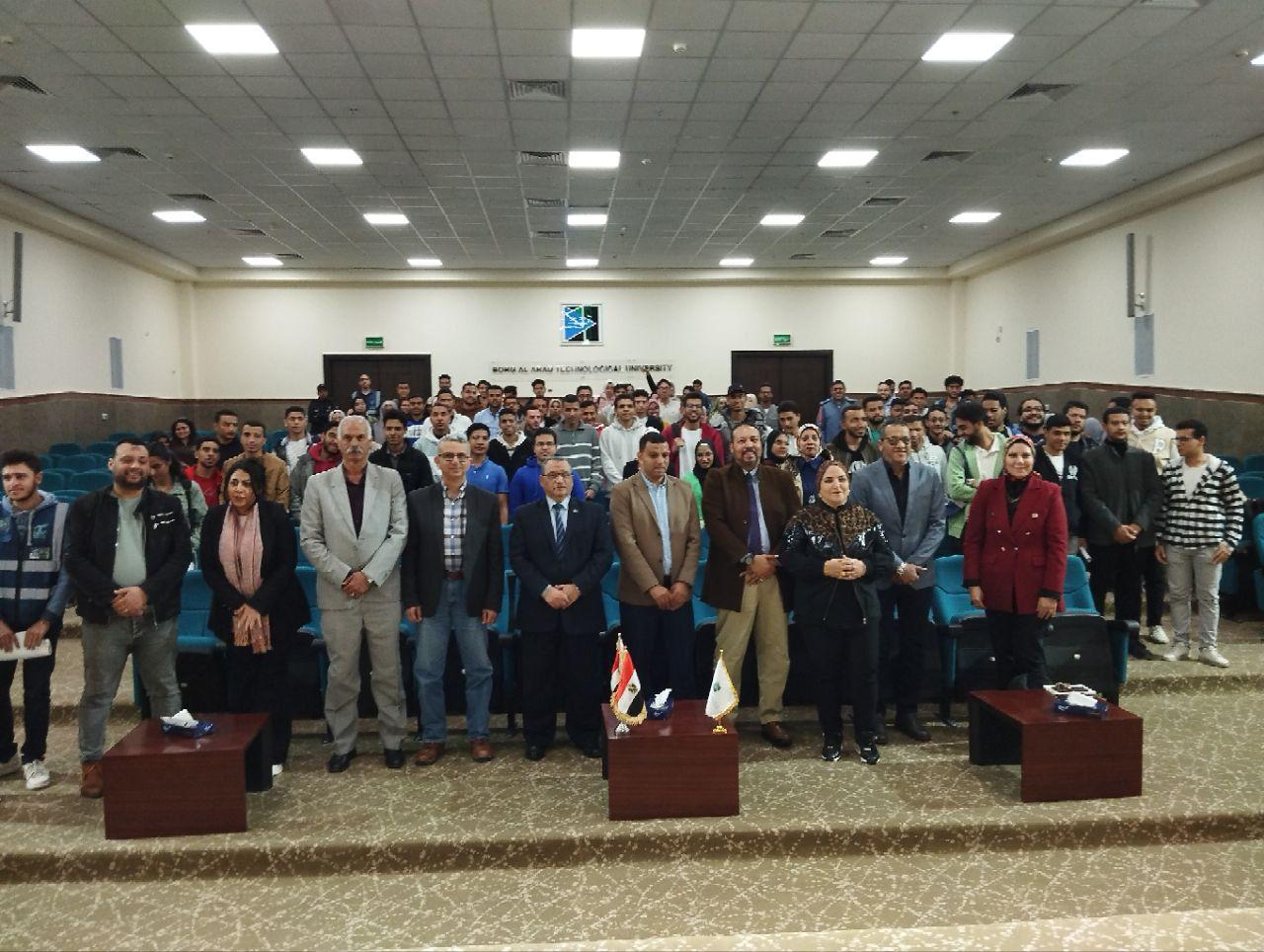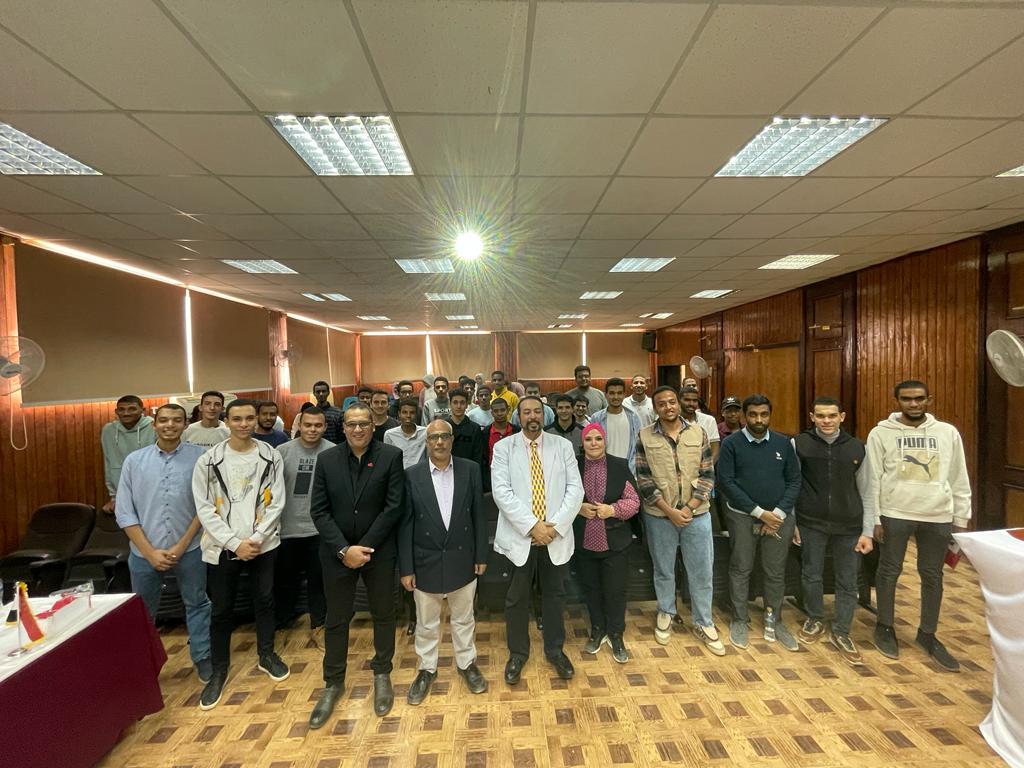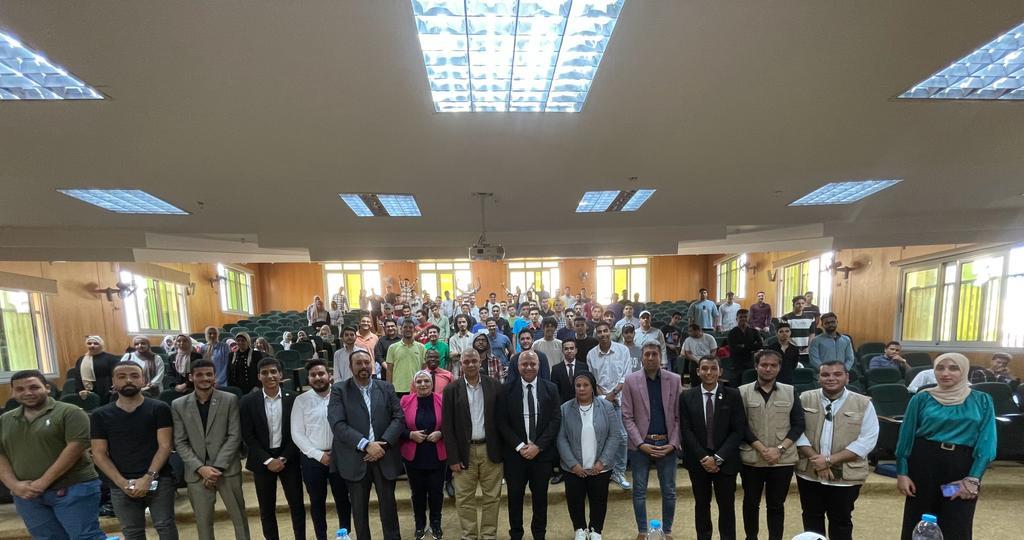By ; Shaima Hassan
According to IDC's latest Middle East CIO survey, some 73% of organizations across the region are currently undergoing a formal digital transformation effort in 2019 whereas remaining 24% of the organizations are either about to start or planning to initiate their digital transformation journey. To realize digital transformation for your organization, you’re thinking about migrating to the cloud but wonder if your existing teams can make it happen. The answer is simple: yes, they can—with the right training. In fact, it’s less expensive to reskill and scale up current staff than it is to hire new teams. Not only that, organizations that are comprehensively trained adopt cloud 80% faster on average.
Here is a 10-step action plan from AWS for talent transformation to support your cloud migration:
Prep your teamBefore starting a cloud migration, prepare your team for the journey ahead. Anticipate frustrations and share strategies to help boost morale. Create alignment, overcommunicate, spark motivation, develop capacity and share knowledge. Clear, empathic communication is key to managing excitement and uncertainty among staff.
Learn the fundamentals Start with introductory courses. For example, the 1-day AWS technical essentials course is designed for anyone who wants to start using AWS and provides broad exposure to the terminology and concepts related to AWS, including core services, management and security.
Play in a sandbox Give your team a safe space to experiment with the technology to better familiarize themselves with the tools by continuously testing them out. Practice, practice, practice.
Assemble your two-pizza teamIn other words, it’s best to keep your cloud team relatively small, ideally 8–10 people. A team this size creates speed and agility, while retaining reporting structures. Your team should include these roles Product manager ,Lead architect , Infrastructure engineer , Security engineer , Operations engineer and Application engineer
Bring in cloud experts as needed: For initial guidance, work with cloud experts and experienced professionals in order to do things you can’t (or don’t want to) do, while aiming for self-sufficiency. For example, the AWS Partner Network is a global program that can help organizations like yours by providing business, technical, marketing and go to market support.
Make it real Get started by developing something on cloud that matters to your business but allows you to develop your new cloud abilities in a safe way. Use your 2-pizza team to build and ship it in less than 12 weeks to gain much-needed experience. Complete a retrospective to solidify learnings for bigger projects going forward.
Scale the learning :As your use of the cloud expands, don’t make the initial team bigger; instead, break it apart into additional teams that combine experts and novices to scale the learning. The two-pizza team should evolve into two functional area teams: Cloud Business Office (business-facing) and Cloud Engineering (technical product delivery/development).
Reap all the benefits of certifications ;Keep completing certifications until you reach a critical mass of at least 10% certified staff. Researchers have found that when just 10% of a population holds an unshakable belief, the belief will be adopted by the majority. This will be a tipping point for your organization.
Recognize and reward expertise : Your team worked hard to get here. Leadership should recognize the incredible achievements of developers, engineers and managers. Feel free to gamify this process — you could make a leaderboard to show who’s passed the most exams and offer small prizes. It’s also good inspiration and encouragement for those who haven’t been certified. A Gallup study shows that an employee’s manager is the #1 most memorable source of recognition.
Build a new job-family portfolio : With new skills and responsibilities, employees often need their job titles revisited. Your original team, that may have consisted of Database Administrators (DBAs), Server Administrators, Hardware Support Technicians or Infrastructure Managers, has evolved. New titles may include Technical Program Manager (TPM) , AWS Infrastructure Engineer (IE) , Software Quality Engineer (SQE) , Software Development Engineer (SDE) , Security Engineer and Engineering Manager













































































